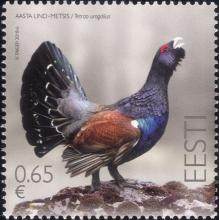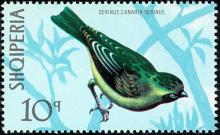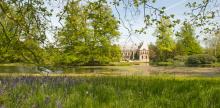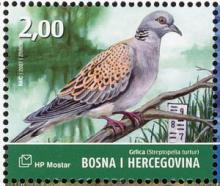Neonicotinoids detected in surface water and sediment of the Pearl Rivers, South China
Occurrence and distribution of five neonicotinoids (NEOs) in surface water and sediment were studied in the Pearl Rivers, including three trunk streams, Dongjiang, Beijiang, Xijiang River (DR, BR and XR), South China. At least one neonicotinoid was detected in surface water and sediment of the Pearl Rivers, with imidacloprid (IMI) and thiamethoxam (THM) being the frequently detected NEOs. Total amount of NEOs (∑5neonics) in surface water and sediment ranged from 24.0 to 322 ng/L, and from 0.11 to 11.6 ng/g dw, respectively.










